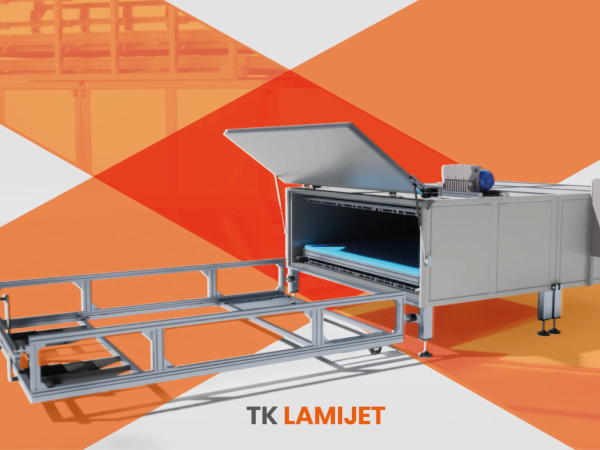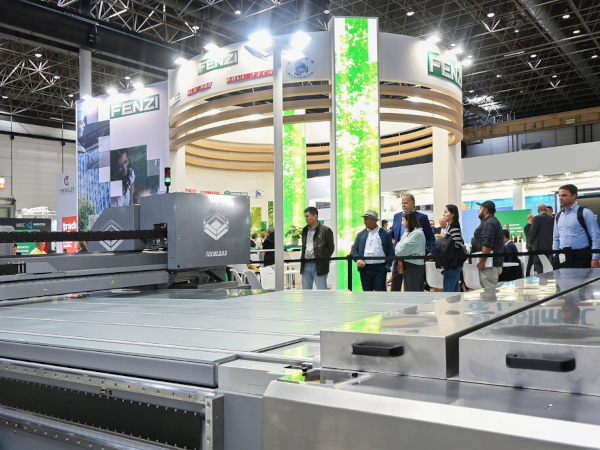Date: 16 November 2015
One of the down sides of this process is that sometimes ripples can occur in the glass (which has obvious disadvantages for iPads) while the edges of the glass sheet end up fatter than the main sheet. While these edges can ultimately be chopped off, they make it more difficult to package the glass: without the thick edges the glass is so thin it can be rolled up and transported easily; thick edges result in the glass fracturing when it is rolled. 
Schematic for the redraw process for the manufacture of glass sheets.
Here we are working with Schott AG on developing mathematical models that help us to understand how the glass behaves as it is drawn and stretched. We can use our models to allow us to predict how we can control the operating regimes that prevent any ripples from forming in the glass sheets. We can also consider an inverse problem that allows us to determine the shape of the preformed glass block that results in glass sheets that do not have fat edges.
Mathematical model prediction for the evolution of a rectangular glass preform as it is stretched and drawn in a redraw furnace (upper right). The resulting sheets have thick edges. In the lower right panel we begin with an optimally shaped glass preform for which the final sheets have uniform thickness. For more information on this, see our paper.
Mathematical modelling of non-axisymmetric glass tube manufacture
When manufacturing glass tubes, molten glass is poured through an annular hole and drawn off vertically downwards. The effects of surface tension act to change the profile of the cross section as the tube is drawn and internal pressurization can be used to change the size of the tubing. An interesting challenge arises if you wish to manufacture glass tubes that are not circular. For example, square glass tubes are important for medicine bottles and for optical fibres that have novel refractive properties. This problem was posed by Schott AG. In this case, if you pour molten glass through a square orifice then surface tension will result in your final product having a cross between a square and a circular cross-section. 
The manufacturing set-up for square cross-sectional glass tubes.
We have derived a mathematical model that describes the evolution of non-axisymmetric glass tubing as it is drawn off. The model allows us to predict what type of hole we should pour the molten glass into, to produce glass with a given final cross-section. The results are interesting, and often not what you might expect! For example, this is the set-up required to manufacture square cross-sectional tubes: 
Mathematical model prediction for the manufacture of square cross-sectional glass tubes.









Add new comment